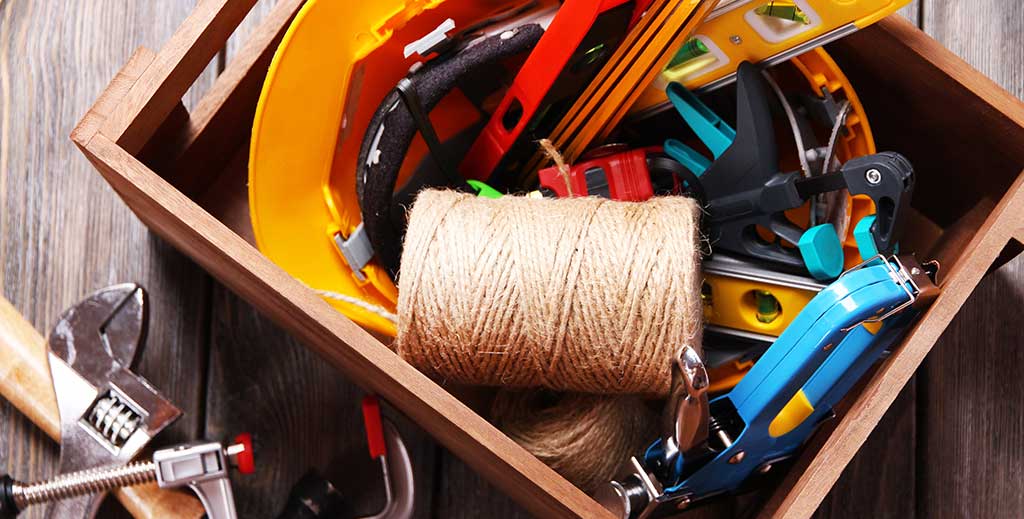Safe Guarding
Accidents involving unguarded machinery and equipment often result in disfiguring type injuries, amputations, and death.
Safeguarding is your first and best defense against these types of accidents.
Safeguarding is the primary means of ensuring the safety of workers operating and maintaining powered machinery and equipment.
Lockout procedures and training and supervision are also very important, but safeguarding should be considered first.
What is safeguarding?
“Safeguard” is the umbrella term to describe a number of measures that provide effective protection to workers from harmful contact with hazardous moving parts or other harmful conditions.
Safeguards include : barrier guards, safety devices, shields, awareness barriers, warning signs, or other appropriate means, used singly or in combination to provide effective protection to workers.
When is safeguarding needed?
Safeguarding is needed to protect workers from potential mechanical and health hazards from machinery and equipment.
Mechanical hazards — to recognize mechanical hazards, observe a machine while it operates.
Watch for the machine’s moving parts and consider how a worker could come into dangerous contact with them.
You’ll find hazardous moving parts in one of two machine components:
- Power transmission parts — belts, pulleys, chains, sprockets, gears, shafts, and couplings
- Point of operation — the “feed point” or working area of the machine
Health hazards — without the right safeguarding,
“Workers may also be at risk of occupational diseases from exposures to:
- Toxic or corrosive chemicals that can irritate, burn, or pass through the skin
- Harmful airborne substances that can be inhaled, such as oil mist, metal fumes, solvents, and dust
- Heat, noise, and vibration
- Ionizing radiation such as X-rays and gamma rays
- Biological contamination and waste
- Soft-tissue injuries (for example, to the hands, arms, shoulders, back, or neck from repetitive motions, awkward posture, extended lifting and pressure grip
Six types of safeguards, six levels of protection
Barrier guards
Fixed-barrier guards are the simple solution to protecting workers when access to moving parts is not needed during operation.
These physical barriers or covers are the most effective solution in preventing workers from making hazardous contact with the machine and in containing harmful fluids and projectiles.
Commonly used for guarding power transmissions, handheld circular saws and jointers, to name a few, barrier guards are reliable, cost-effective, and require low maintenance when properly designed and installed.
When a worker must access a point of operation or feed point during normal production, then the guard must be interlocked to disable the control system until the guard is put back in place and the control system is reset.
Safeguarding devices
When production requires workers to access feed points, an interlocked barrier guard may be impracticable.
Safeguarding devices, though more complex and technical are your next best alternative to barrier guards and include:
- Two-hand controls commonly used with power presses and paper guillotine shears that require the worker to remove the hands or entire body from the danger area before the machine operates.
- Light curtains and pressure-sensitive mats that stop the machine if a worker enters the danger area while the machine is operating.
Light curtains are commonly used with brake presses while the mats are often used within an enclosed area containing several machines, such as robotic cells.
- Pullback devices that forcibly withdraw the worker’s hands if they are in danger as the machine begin to operate.
- These devices are generally limited to mechanical power presses.
Safeguarding by location
Machinery is considered guarded by location if the distance to the dangerous moving parts is greater than 2.5 m (8 ft.) from any floor, walkway, access platform, or service ladder.
If workers gain hazardous access using ladders or scaffolds, temporary guarding or lockout procedures must be used.
Awareness means
When none of the above safeguards is practicable, less effective means are still available, including:
- Splash shields
- Flashing lights, strobes, and beacons
- Audible warning devices such as beepers, horns, and sirens
- Warning signs, barrier chains, and ropes
Training and procedures
Administrative controls such as training and safe work procedures, including lockout, are necessary for worker safety, but will never be as effective as eliminating the hazards or providing engineering solutions like barrier guards.
Personal protective equipment
Personal protective equipment may be needed even when other machine hazards are effectively safeguarded.
In the worst-case scenario, such as operating a powered forging hammer, the worker’s only protection other than training and safe work procedures may be eye and face protection, hearing protection, hand protection, or other effective personal protective devices.
“Be kind, for everyone you meet is fighting a battle.” – John Watson
Thanks for the share, TO!



